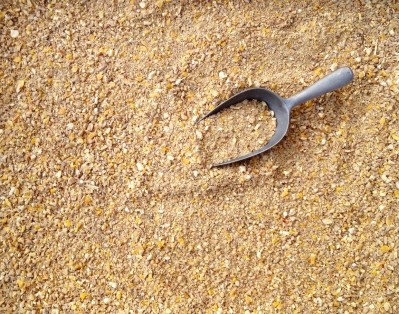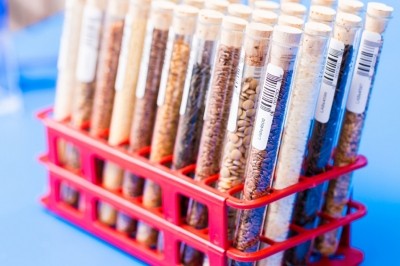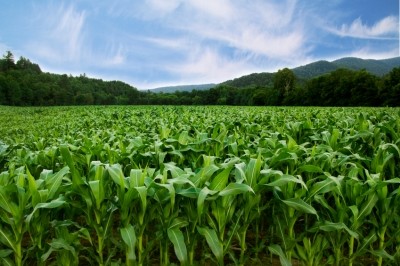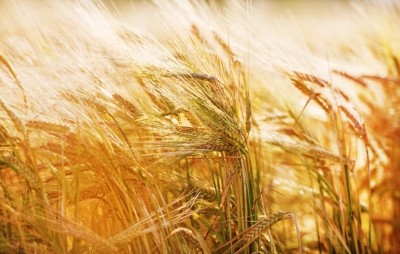Special Edition: Crop Science
Hybrid rye feed sector flourishing in Denmark
!['The [hybrid rye] yields are going up progressively each year. We are seeing a 1.5% increase on an annual basis,' says KMS agronomist Jacob Nymand © istock.com/Riverlim](/var/wrbm_gb_food_pharma/storage/images/_aliases/wrbm_large/5/1/8/3/1643815-1-eng-GB/Hybrid-rye-feed-sector-flourishing-in-Denmark.jpg)
They are said to be increasingly used as a grain source by the Danish cattle sector as well.
Some Danish pig farmers are adding in rye at rates of up to 40% in finishing pig rations, but on a national scale, pig feed formulations tend to have 10 to 15% of the grain, Denmark-based KWS agronomist, Jacob Nymand, told us.
The hybrid ryes have a lower feeding value and reduced protein content than wheat, but the KWS specialist said the higher yields of a new variation of rye hybrids generate more feed value per hectare on light soils than wheat.
“There is 4 to 5% less energy generated from rye compared to wheat but farmers can harvest more feed per hectare growing the hybrid ryes. Rye production also needs fewer nitrogen inputs compared to wheat so it is also cheaper in that respect,” said Nymand.
In 2008, KWS started testing new rye hybrids of high quality. “We ran trials pitting all the winter crops against each other under the same local conditions,” he said
Trials between 2009 and 2012 showed the hybrid rye produced yields averaging 17% higher than crops like wheat and triticale. The results against winter barley were even more impressive – 22% higher than that grain, said Nymand.
“The yields are going up progressively each year. We are seeing a 1.5% increase on an annual basis,” he added.
Fungal disease challenge
Farmers had been put off growing hybrid ryes prior to 2008 due to the vulnerability of previous incarnations to a fungal disease - ergot.
However, to counter that risk, KWS employed a strategy to strengthen the hybrids against any ergot threat – using a mixture of genes bred into its hybrids to increase pollen supply during the flowering period.
And there has been a massive hike in hybrid rye area planted in Denmark as a result. In 2006, there were only 30,000 hectares of rye in Denmark. In 2015, 112 hectares of hybrid rye was planted, said Nymand.
“Of that crop, 50,000 hectares were grown for the human food market, and 70,000 produced for the feed sector,” he said.
He predicts even greater expansion of the hybrid rye planted area in the coming years, to the detriment of second wheats. And consequently, there is far less winter barley and triticale used in compound feed now in Denmark.
Pig producers behind growth in hybrid ryes
The integrated Danish pig producers, with feed mills on their own farms, were the instigators of increasing the amount of rye used in their finishing pig feed formulations. “They could see the benefits of growing rye in their fields, while adding in energy sources like soy or rape to ensure a nutritional balance in their finishers’ diets,” said Nymand.
And while rye has a similar fiber content to other grains, those fibers are slow to degrade, thus it makes pigs feel fuller for longer – to avoid any negativity around that aspect Danish pig farmers are relying on a wet feed system, whereby the rye is fermented, he continued.
The pigs do not gain as much weight on a daily basis on the high fiber diet but the meat produced is lean and, thus, secures a higher price, said Nymand.
He noted that from an animal welfare perspective, feeding rye is also beneficial as the pigs’ overall health is better on a high fiber diet.
Europe wide usage
Nymand said the hybrid rye market in Germany is huge whereas France is virgin territory in that respect.
He reckons both French and UK pig production would benefit hugely from rye feed inputs. “In fact, a research project at the University of Newcastle is evaluating the behavior of pigs when they get rye in their rations,” said Nymand.
He is hoping eventually to work with French pig producer cooperatives to encourage the development of hybrid rye feed usage there.
Nymand is also in the process of organizing a visit, set for spring 2016, for a group of UK pig producers who have expressed an interest in going to Denmark to meet with pig producers there and hear about the benefits of using such hybrid ryes in finisher feed formulations.















